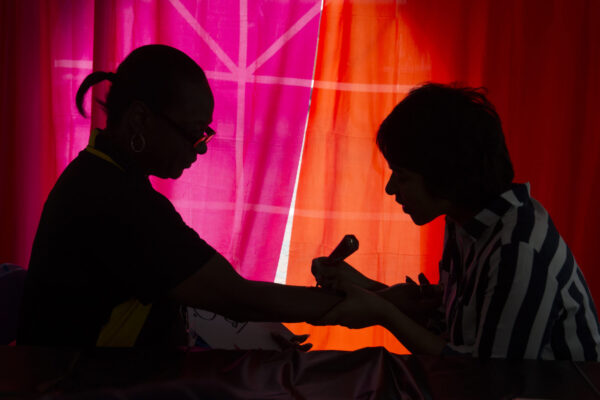Analysis Finds Doubling Pell Grant Maximum Award Would Reduce Student Debt
Title: Tackling the Student Debt Crisis: An Analysis of Congressional Proposals to Increase Pell Grants
Source: Gender Equity Policy Institute
An analysis by the Gender Equity Policy Institute finds doubling the maximum annual Pell Grant amount would reduce student debt, on average, by at least half for eligible recipients. In the report, the Institute outlines Congressional efforts to expand Pell Grant funding through budget reconciliation and new bill proposals. The Institute’s key findings are summarized below:
- The new report estimates there are approximately 25 million people in the US currently eligible for a Pell Grant. Approximately 11.7 million eligible Pell recipients have completed some credits, but have not received their degrees.
- Past data on Pell awardees shows almost a third of recipients are given the maximum Pell amount. The Institute’s analysis finds doubling the maximum Pell award to $13,000 would allow recipients at two-year colleges to graduate debt-free while students pursuing bachelor’s degrees would see their debt decrease by about 79 percent.
- The Institute finds doubling Pell is particularly beneficial for students of color, helping to reduce debt for Black (80 percent decline), Latino (83 percent decline), and Native American (85 percent decline) students. This is an important finding given that more than half (12.9 million people) of eligible Pell recipients are people of color.
- Increasing the maximum Pell Grant award may support greater gender parity in higher education. The Institute’s analysis finds efforts to increase Pell funding would lower financial barriers for women and may give men greater incentive to pursue higher education.
- The report outlines expanded use and access to Pell Grant awards for student parents, part-time students, and students enrolled in SNAP and Medicaid. The Institute cites provisions from The Pell Grant Preservation & Expansion Act of 2021 as practical policy solutions to reduce financial and completion barriers for these students.
Click here to read the full analysis by the Gender Equity Policy Institute.
—Danielle Melidona
If you have any questions or comments about this blog post, please contact us.


